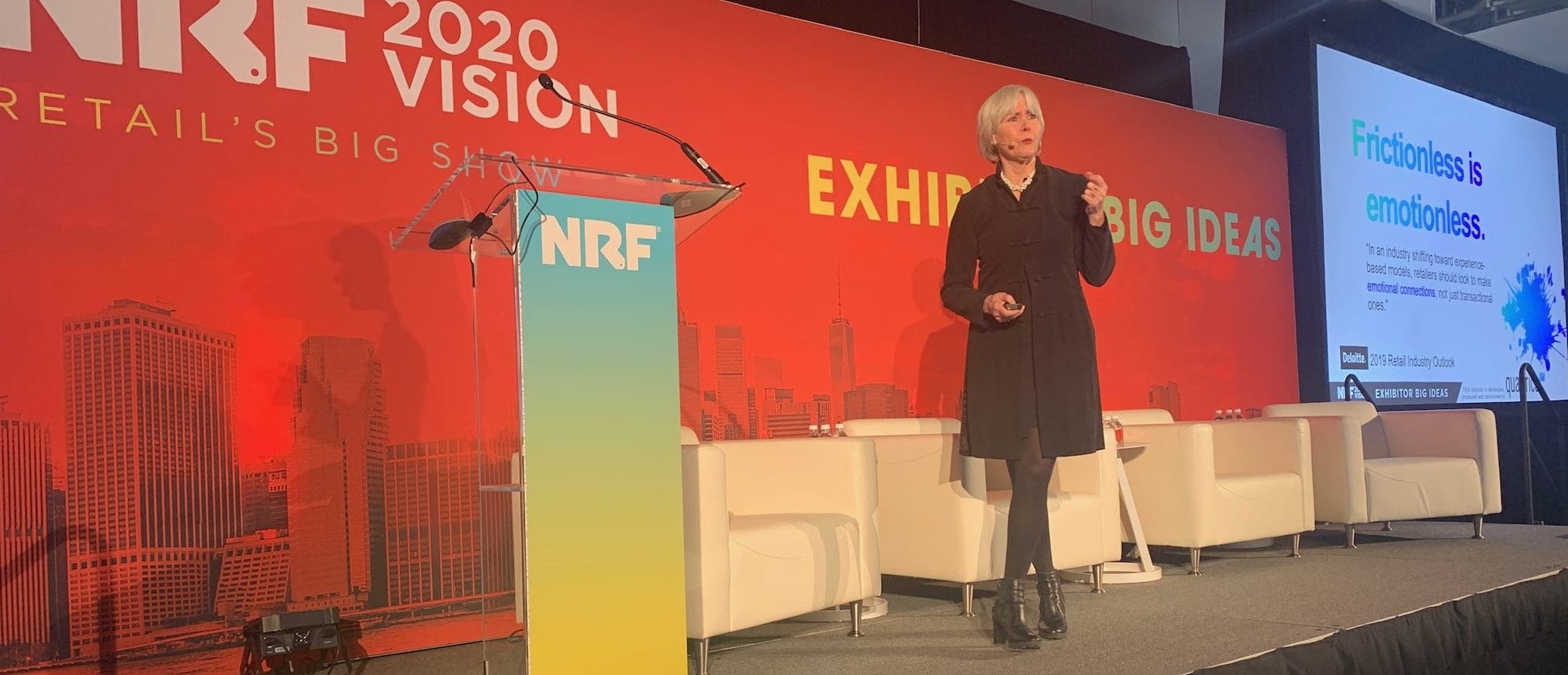When the word “experience” is thrown out at a retail conference, it is typically preceded by the word “customer.” However, at NRF 2020 in New York City, there was plenty of discussion around employee experience as well. As we’ve said before, HR can be a competitive differentiator, and that’s why SAP SuccessFactors, Rizing, and retailers were at NRF to discuss how to transform employee experience from recruitment to retire with Human Experience Management.
Bringing Together Human Experience Management
SAP SuccessFactors initially introduced the Human Experience Management suite at SuccessConnect 2019. The suite combines the HCM tools of SAP SuccessFactors with the employee experience tools from Qualtrics.
Mia Stanzale, Principal Consultant at SAP SuccessFactors, gave a video overview of what is within Human Experience Management at NRF:
Qualtrics will be a big part of the SAP message in 2020 for Retail and many other industries. Human Experience Management looks to bring together the ‘O’ (or operational) data of SAP SuccessFactors and the ‘X’ (or experiential) data of Qualtrics. The goal of the ‘X’ data is to capture employee insight on engagement, major work events, as well as culture and benefits.
Customer Loyalty Starts with Employees
Building a loyal customer base is key to success in retail. That loyalty isn’t always created from low prices or specific merchandise, it often comes from positive experiences between customers and employees.
For example, a restaurant may have great cocktails or food, but a bad interaction with waitstaff can send a customer away for good. On the other side, exemplary service that first time may create a fan for life.
Our own Sherryanne Meyer sat in on Qualtrics Senior XM Scientist Nan Russel’s NRF presentation, and she describes how insight into employee experience can impact customer loyalty:
Total retail view is understanding what your employees are trained and empowered to deliver. Build loyal relationships – co-create the experience with customers -because when customer trust you they stay no matter what happens #RechargeHR #NRF2020 #retail #RechargeHR #qualtrics pic.twitter.com/yX7JW3JdYE
— Sherryanne Meyer (@SherryanneMeyer) January 14, 2020
Having a deeper view into your employees’ experiences through Human Experience Management will help you understand how they are receiving training, if that training is effective, and if your organizational values and processes are being conveyed. Typically, you might only find this information out after a customer complaint, but you can avoid that by measuring employee experience throughout the training process.
In the end, knowing if your employees are properly trained raises the likelihood of good customer experiences, which means more loyal customers.

